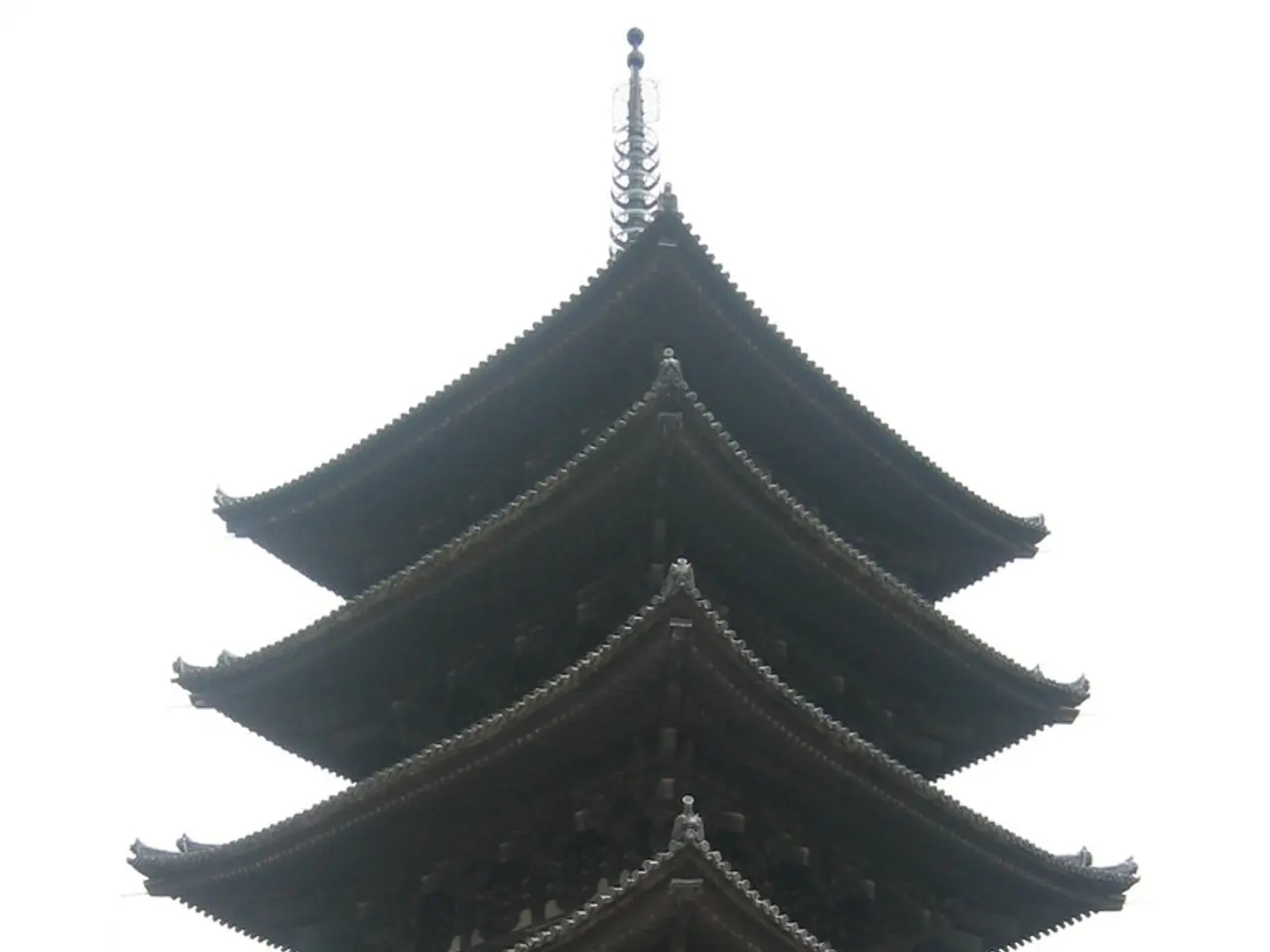China confronts another challenge
China's economic fragmentation among regions, characterised by varying development levels and separate capital markets, presents a significant challenge in achieving national market unification and maximising GDP growth. This fragmentation leads to inefficiencies such as segmented capital markets and uneven regional connectivity, which hinder liquidity, investment flow, and seamless economic coordination across regions.
The country's capital markets are notably fragmented, with multiple exchanges including Shanghai, Shenzhen, STAR Market, ChiNext, and Beijing, each serving different sectors and company types. This fragmentation triggers boom-bust cycles and dampens market system efficiency by limiting liquidity and complicating company transitions between platforms. Such structural segmentation undermines institutional trust and suggests that market unification remains a challenge[1].
Regionally, disparities emerge in economic and transport infrastructure development. For instance, in the Pearl River Delta (PRD), core cities like Guangzhou and Shenzhen have advanced transport connectivity significantly more than peripheral cities, exacerbating regional imbalances. Economic cooperation tends to siphon benefits toward core cities, straining peripheral regions and threatening balanced regional growth. While institutional cooperation is foundational for governance, transport cooperation helping infrastructure development is vital but insufficient to fully bridge disparities[2].
The ongoing real estate slump, disappointing retail sales, credit growth stagnation, and notably steep declines in fixed asset investment in 2025 also signal broader economic vulnerabilities tied to structural fragmentation. These trends likely weaken confidence, suppress consumption and investment—key drivers for GDP growth[1].
Addressing these inefficiencies through coordinated regional policies, transport infrastructure integration, and capital market reforms is crucial for enhancing China’s market unification and realizing higher sustainable economic growth[1][2]. However, challenges remain. Decisions made by the State Administration for Market Regulation are advisory in nature, and the administration lacks sufficient power in China[3]. The system of incentives for regional officials encourages protecting local markets and boosting short-term indicators[4].
To address these issues, suggestions have been made for regions to receive additional transfers for removing barriers and cooperating between provinces[5]. Another proposed reform is a system of financial incentives for regions that remove barriers and cooperate between provinces[6]. One of the suggested reforms is expanding the regulator's powers[7]. Despite the nationwide campaign against protectionism, which began in 2022, the number of protectionism violations is increasing[8].
The economy in China is practically fragmented, despite a centralized political system. Local governments subsidise the same industries, impose barriers for foreign companies, and support local producers[9]. Without real institutional reforms, there is a risk that local elites' interests may continue to undermine national goals in China[10].
In conclusion, China's economic fragmentation poses significant obstacles to national market unification and sustainable growth. Addressing these challenges requires a comprehensive approach, including structural reforms, strengthening the regulatory framework, and fostering a culture of cooperation among regions.
Read also:
- Catastrophe at a U.S. Steel facility in Pennsylvania results in the loss of two lives. crucial details unveiled
- Manipulating Sympathy: Exploiting Victimhood for Personal Gain
- Auto Industry Updates: Geotab, C2A, Deloitte, NOVOSENSE, Soracom, and Panasonic in Focus
- Exploring Money-Making Opportunities in Digital Gaming Worlds




